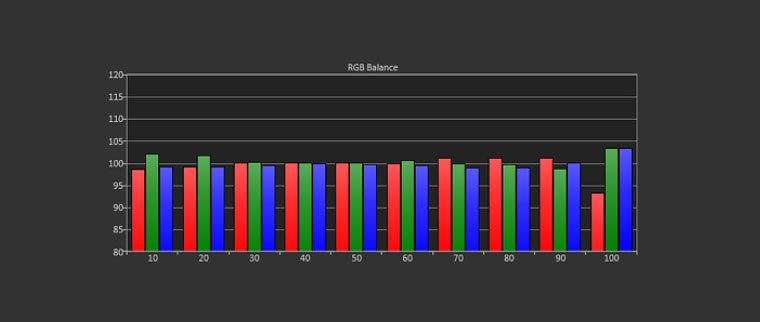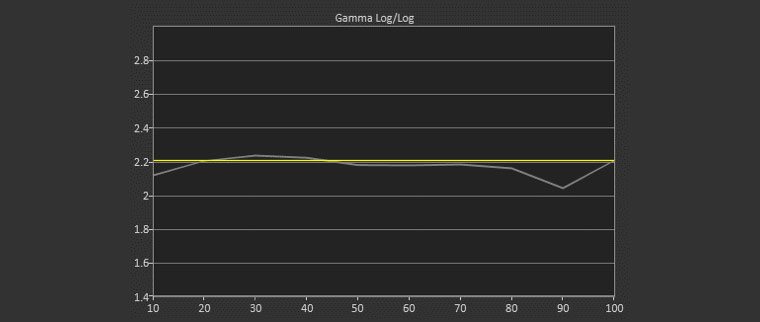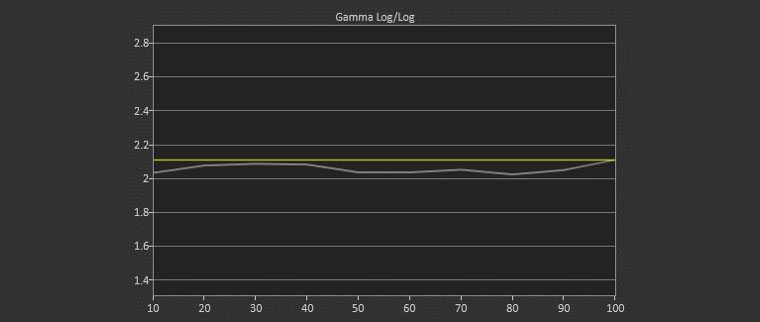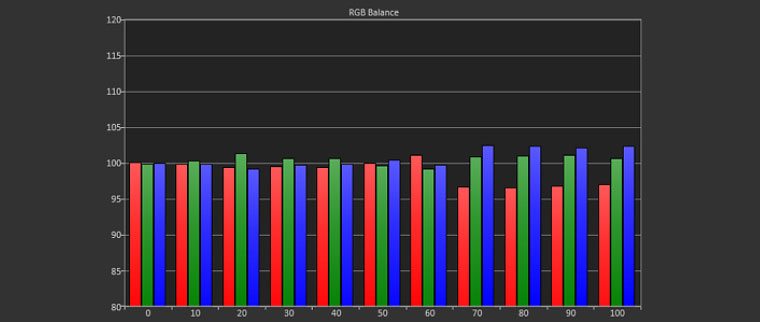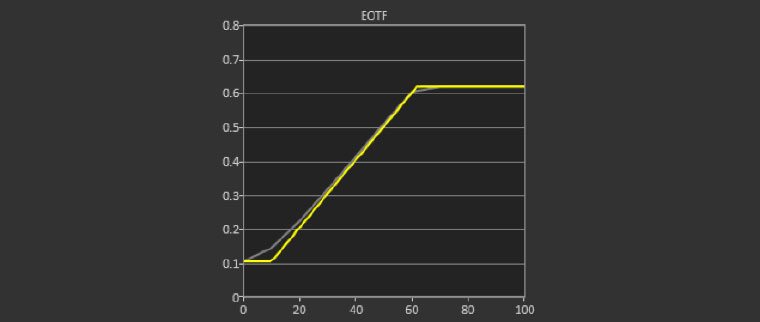During my calibration of HK2288 I experienced an issue that is coming all too common with modern digital projectors, white level clipping. Basically, no matter what mode I was in the whites would clip below 235 no matter where or how low I set the contrast. I was unable to resolve anything higher than 228.
Now maybe that sounds very close and that I’m nit picking, but what bothered me was the fact that it could not be corrected. When working properly I should have been able to affect the white point a with the contrast control.
Normally when you over drive the white level (contrast) you will start to clip the whites, loosing detail in the brightest part of the image. Most projectors will clip just above their default contrast values which are often set at their 50% mark. “Video” levels are 16-235 while PC levels are 0 -255. When I calibrate any display, I set the black level (brightness) to resolve down to 16 and the white level (contrast) to 242 or so. I like to have a tiny bit of head room in the whites just in case there is some content that sneaks in higher than 235.
I preformed my best/dark room calibration using Night Mode (default lamp) as a starting point. Out-of-the-box was quite poor with DeltaE as high at 10. Remember we want to be below 3 and I always strive to hit 1 or less if the projector is capable. The average color temp was in the 8000K range (minus red, plus blue & green). The HK2288 offers only one set of RGB (gain) controls - which covers the whole range from 0 to 100 IRE - white) for white (greyscale) balance calibration.
Most projectors spit the range into two, which makes it easier to stay consistently 6500K - and properly balanced) or any other desired color temp. So, achieving a linear grayscale is limited a bit. After calibration I was able to average a DeltaE of 1 or below from 20 to 90IRE and a 4 at 100IRE and 2 at 10IRE, which is pretty good.

